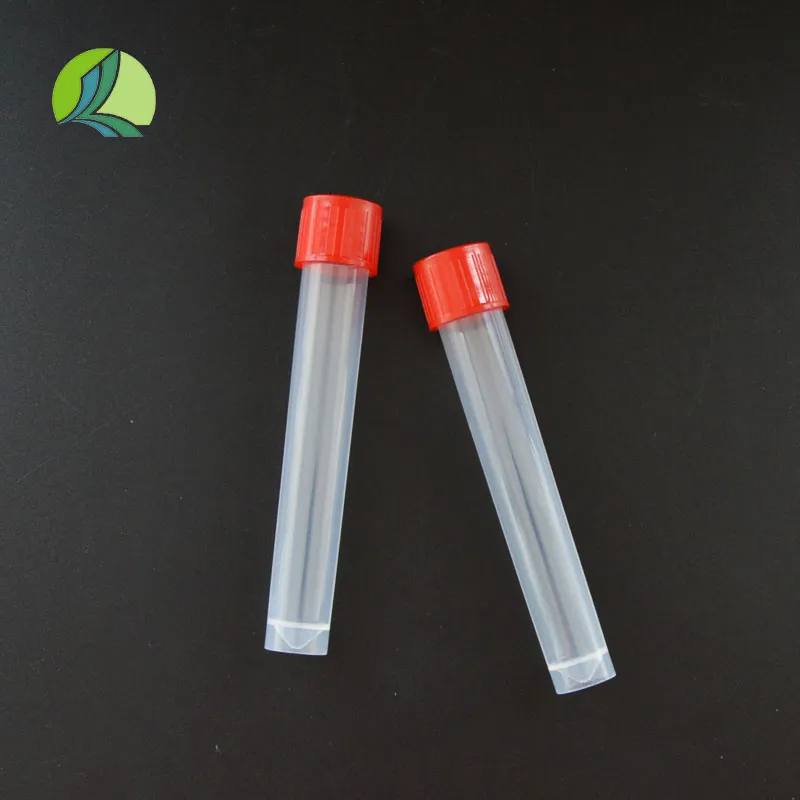
-
 Afrikaans
Afrikaans -
 Albanian
Albanian -
 Amharic
Amharic -
 Arabic
Arabic -
 Armenian
Armenian -
 Azerbaijani
Azerbaijani -
 Basque
Basque -
 Belarusian
Belarusian -
 Bengali
Bengali -
 Bosnian
Bosnian -
 Bulgarian
Bulgarian -
 Catalan
Catalan -
 Cebuano
Cebuano -
 Corsican
Corsican -
 Croatian
Croatian -
 Czech
Czech -
 Danish
Danish -
 Dutch
Dutch -
 English
English -
 Esperanto
Esperanto -
 Estonian
Estonian -
 Finnish
Finnish -
 French
French -
 Frisian
Frisian -
 Galician
Galician -
 Georgian
Georgian -
 German
German -
 Greek
Greek -
 Gujarati
Gujarati -
 Haitian Creole
Haitian Creole -
 hausa
hausa -
 hawaiian
hawaiian -
 Hebrew
Hebrew -
 Hindi
Hindi -
 Miao
Miao -
 Hungarian
Hungarian -
 Icelandic
Icelandic -
 igbo
igbo -
 Indonesian
Indonesian -
 irish
irish -
 Italian
Italian -
 Japanese
Japanese -
 Javanese
Javanese -
 Kannada
Kannada -
 kazakh
kazakh -
 Khmer
Khmer -
 Rwandese
Rwandese -
 Korean
Korean -
 Kurdish
Kurdish -
 Kyrgyz
Kyrgyz -
 Lao
Lao -
 Latin
Latin -
 Latvian
Latvian -
 Lithuanian
Lithuanian -
 Luxembourgish
Luxembourgish -
 Macedonian
Macedonian -
 Malgashi
Malgashi -
 Malay
Malay -
 Malayalam
Malayalam -
 Maltese
Maltese -
 Maori
Maori -
 Marathi
Marathi -
 Mongolian
Mongolian -
 Myanmar
Myanmar -
 Nepali
Nepali -
 Norwegian
Norwegian -
 Norwegian
Norwegian -
 Occitan
Occitan -
 Pashto
Pashto -
 Persian
Persian -
 Polish
Polish -
 Portuguese
Portuguese -
 Punjabi
Punjabi -
 Romanian
Romanian -
 Russian
Russian -
 Samoan
Samoan -
 Scottish Gaelic
Scottish Gaelic -
 Serbian
Serbian -
 Sesotho
Sesotho -
 Shona
Shona -
 Sindhi
Sindhi -
 Sinhala
Sinhala -
 Slovak
Slovak -
 Slovenian
Slovenian -
 Somali
Somali -
 Spanish
Spanish -
 Sundanese
Sundanese -
 Swahili
Swahili -
 Swedish
Swedish -
 Tagalog
Tagalog -
 Tajik
Tajik -
 Tamil
Tamil -
 Tatar
Tatar -
 Telugu
Telugu -
 Thai
Thai -
 Turkish
Turkish -
 Turkmen
Turkmen -
 Ukrainian
Ukrainian -
 Urdu
Urdu -
 Uighur
Uighur -
 Uzbek
Uzbek -
 Vietnamese
Vietnamese -
 Welsh
Welsh -
 Bantu
Bantu -
 Yiddish
Yiddish -
 Yoruba
Yoruba -
 Zulu
Zulu
Exploring the Diverse Applications of Petri Dishes in Laboratory Research and Experimentation
The Versatile Uses of Petri Dishes in Laboratory Settings
Petri dishes, also known as Petri plates, are flat, cylindrical glass or plastic containers that have become indispensable tools in laboratory settings. Named after German bacteriologist Julius Richard Petri, who invented them in the 1880s, these dishes play a crucial role in various scientific fields, including microbiology, cell culture, and more. Their design allows for easy observation and manipulation of cultured samples, making them a staple in laboratories worldwide.
The Versatile Uses of Petri Dishes in Laboratory Settings
In addition to cultivating microorganisms, Petri dishes are also critical in the realm of cell biology. They are used to culture eukaryotic cells, including plant and animal cells, in a controlled environment. Tissue culture techniques often utilize Petri dishes to grow cells on a solid substrate, allowing researchers to study cellular behavior, drug responses, and gene expression in vitro. This can lead to significant breakthroughs in areas such as cancer research, regenerative medicine, and vaccine development. The ability to create a microenvironment that mimics physiological conditions in these dishes enables scientists to explore complex biological questions and develop potential therapies.
petri dish uses laboratory

Petri dishes are also commonly employed in the field of food safety and quality control. Microbiological testing of food products often involves sampling and culturing potential contaminants in Petri dishes. By analyzing the growth of microorganisms on these dishes, food scientists can determine the safety and quality of food products before they reach consumers. This testing is crucial for preventing foodborne illnesses and ensuring compliance with health regulations. As such, Petri dishes contribute significantly to public health initiatives aimed at safeguarding the food supply.
Moreover, Petri dishes have found applications in the study of biofilms, complex communities of microorganisms that adhere to surfaces. Researchers often use them to investigate the formation, structure, and behavior of biofilms, which are relevant in various fields, from medicine—where they contribute to chronic infections—to industrial settings, where they can lead to equipment fouling. Understanding biofilms can inform strategies for controlling their growth and mitigating their impacts.
Furthermore, Petri dishes facilitate experiments requiring controlled ecosystems. In educational settings, they are frequently used in biology labs to teach students about microbial growth, genetics, and ecological principles. By simple experiments such as the introduction of antibiotics or different environmental conditions, students can observe real-time effects and gain hands-on experience in scientific inquiry.
In conclusion, Petri dishes are versatile tools that serve a multitude of purposes in laboratory settings. Their role in microbiology, cell culture, food safety, and educational environments highlights their importance in advancing scientific knowledge and ensuring public health. The continued use and innovation surrounding Petri dishes will undoubtedly play a pivotal role in future scientific discoveries and applications.
-
Premium Metal Dropper Bottle for Precise Dispensing 250ml & 1ml Options AvailableNewsJul.04,2025
-
20 ml Headspace Vials - High Quality Polyethylene & Plastic Vials for Lab UseNewsJul.04,2025
-
Small Bottle with Pipette - Precise Dispensing 100ml Pipette Bottles for Essential Oils & Lab UseNewsJun.24,2025
-
Acetic Anhydride Bottle for Accurate Dropper Measurement in Pharmacy Use High-Quality Dropper BottlesNewsJun.10,2025
-
Innovative PET Bottle Design for Juice – Unique Shapes & Customization OptionsNewsJun.10,2025
-
20 Pack Sterilized Petri Dishes – Assorted Sizes, High Quality Small Plastic Petri Dishes for Lab UseNewsJun.10,2025






















